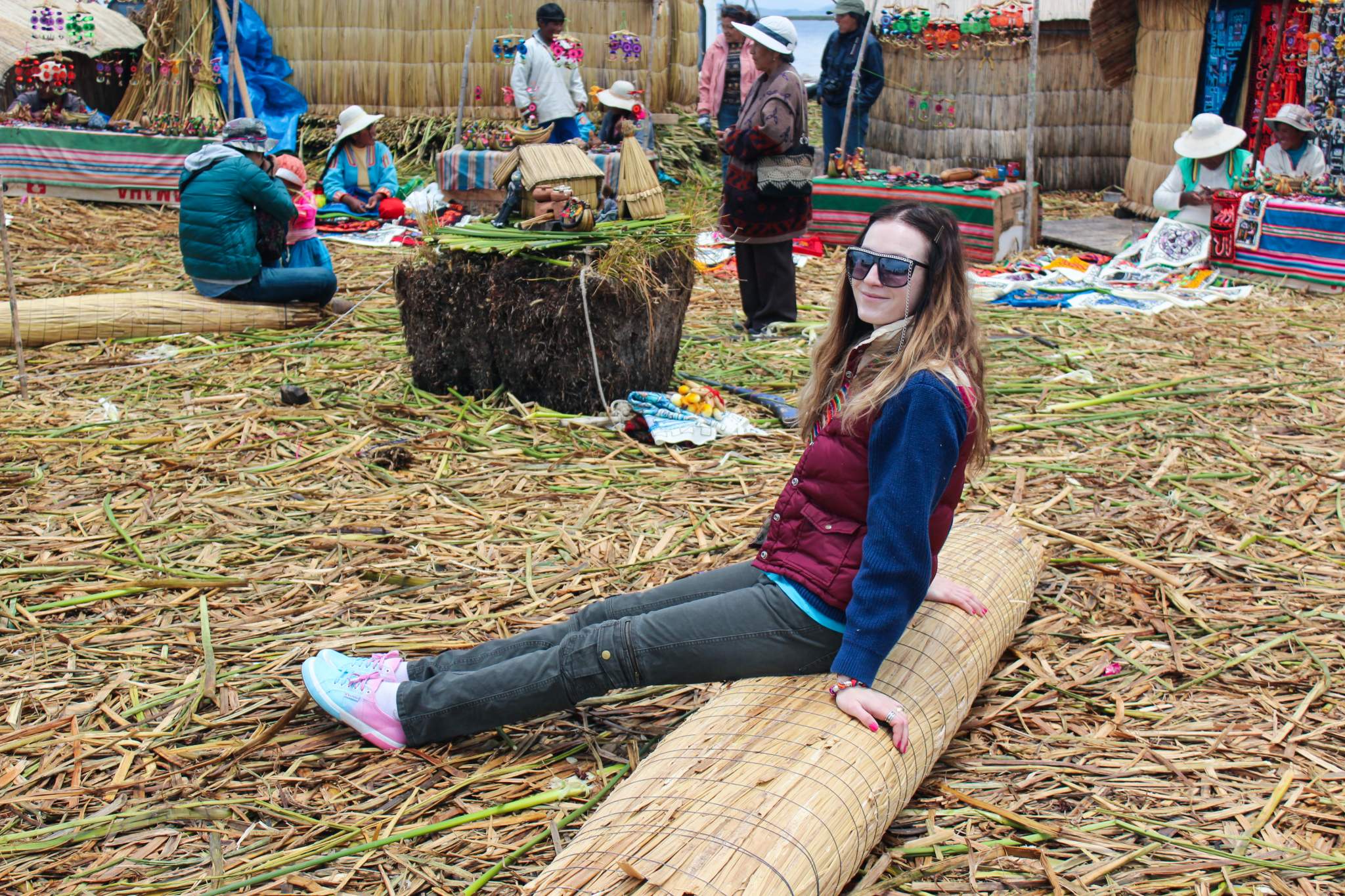
Titicaca: The Great Show of Uros Floating Islands and Why I Hated it
There are countless islands in the ocean, lakes, and rivers around the world but nothing resembles the main attraction of Lake Titicaca – Uros floating islands . The islands are literally woven from layers of tortora reeds, which grow on the edges of the giant lake.
Lake Titicaca: Uros Floating Islands Tour
The floating estate practice began centuries ago when the competition for the land was high . The Uros couldn’t find a safe place to live so they ended up building islands in Lake Titicaca out of thick totora reads.
Why would you consider an reed – made island in the middle of the largest navigable lake safe , you must be thinking .
Mobility was the name of the game. When political situation got tense , particularly with the arrival of the Incas , they could just move the entire island from the dangerous area . Just push it off the shore and float to safety within the 3,200-square-mile lake .Anchors made of rocks and rope would hold them in place , but not exactly . At least not all the time …
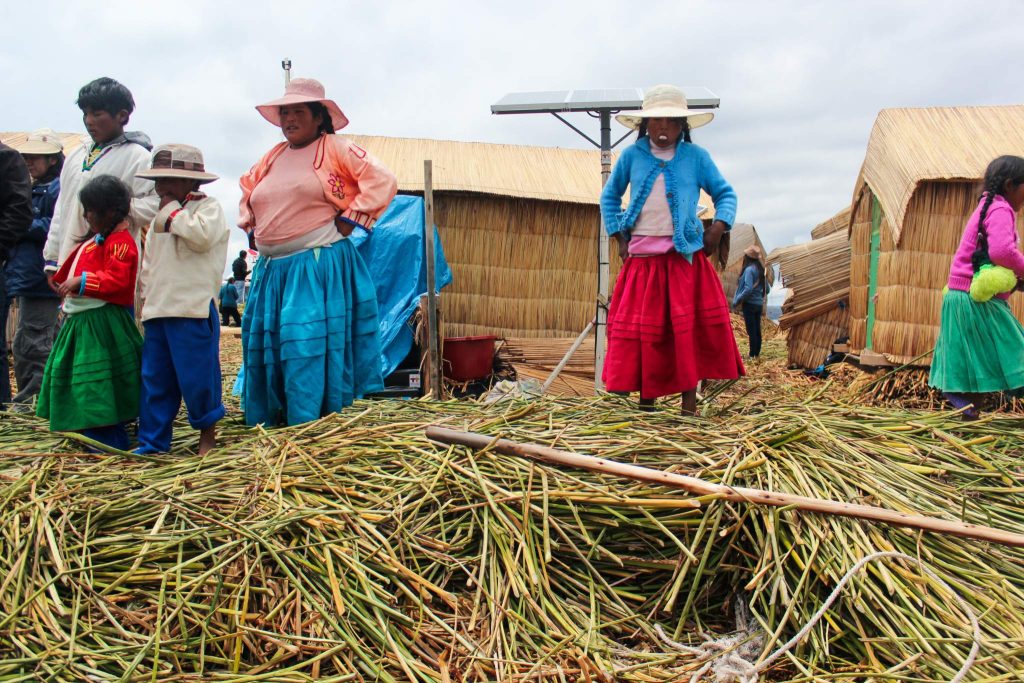
It’s pretty much a routine for the islanders to wake up in Bolivia ( Titicaca lies 3,800m -12,500 feet- above sea level between Peru and Bolivia), the home basically sailed there overnight .
Each of the Uros reed islands is measuring about 50 feet by 50 feet, tied to the bottom of the water and to each other with rope cables for safety .
What does it feel like to walk on an island made out of reeds?
It’s like nothing you’ve ever done before , imagine a giant sponge , it’s squishy and not super stable and even though you see a lot of people , houses and furniture on the islands , you just can’t get rid of the thought that you can fall into the lake any moment .When you walk on them your feet sink down several centimetres.
With the tourism traffic, the islands require regular maintenance. The islands rot from the bottom very quickly so new reeds have to be added to the top constantly .Villagers are constantly cutting new reeds and adding them on top.
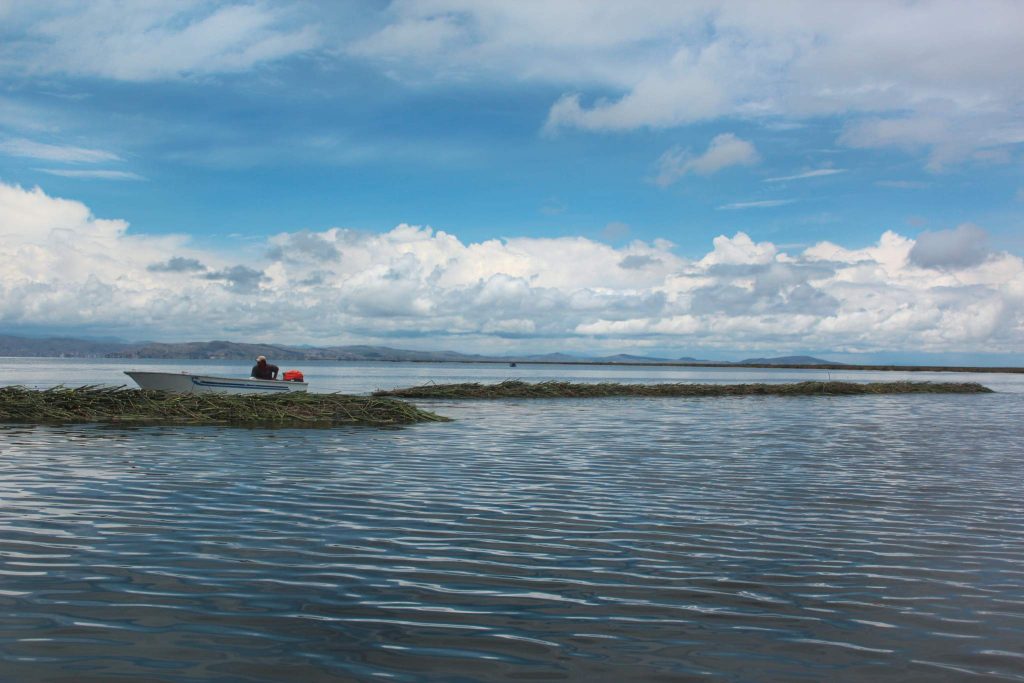
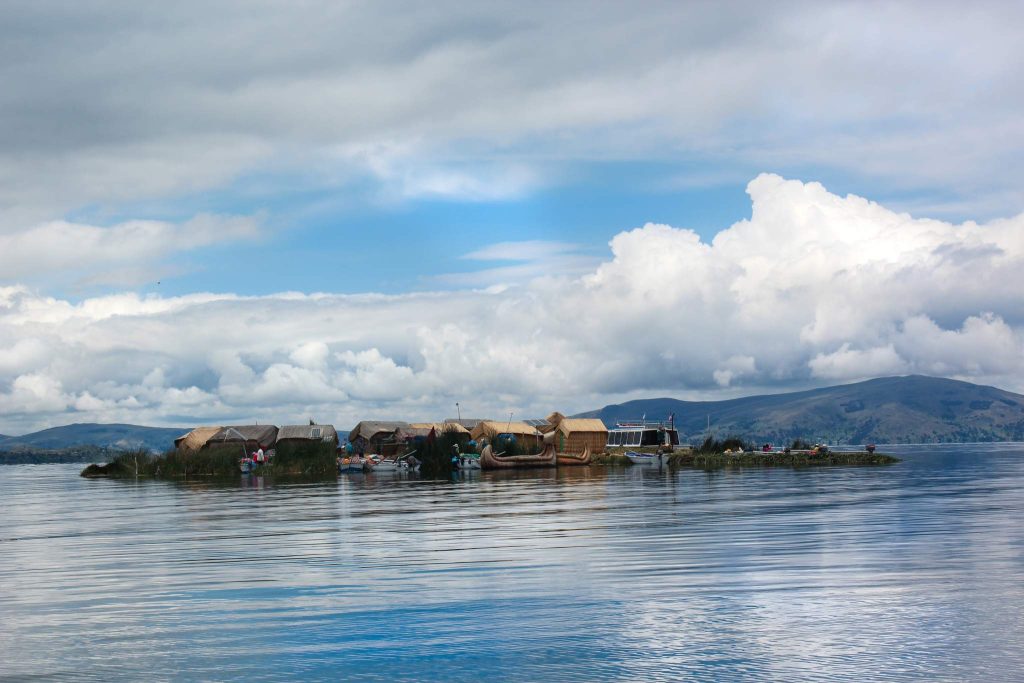
Who are they , the Uro Indians ?
The Uros or “Lupihaques” (Sons of the Sun) as they call themselves are not exactly human .
They are the owners of the lake . It’s simple : they existed before the sun , and definitely before the Inkas . They claim to have black blood and be invulnerable to drowning , basically they don’t think to be human at all , Uros are superior . It might be true because somehow they outlasted the incas .
Anthropologists say there are no pure Uros anymore. Over the centuries, they intermarried with neighboring Aymara and Quechua Indians, and the Uro language is just about dead.
Still, the Indians who live on the islands call themselves Uros and retain customs that go back to the days when the Uros uprooted their lakeside settlements and moved onto the water to get away from the Incas and then the conquistadors.
The real Sons of the Sun most likely disappeared long tine ago and the tribes found on the floating islands today are pretending to be the Uros . To use the special rights and to make money on tourism .
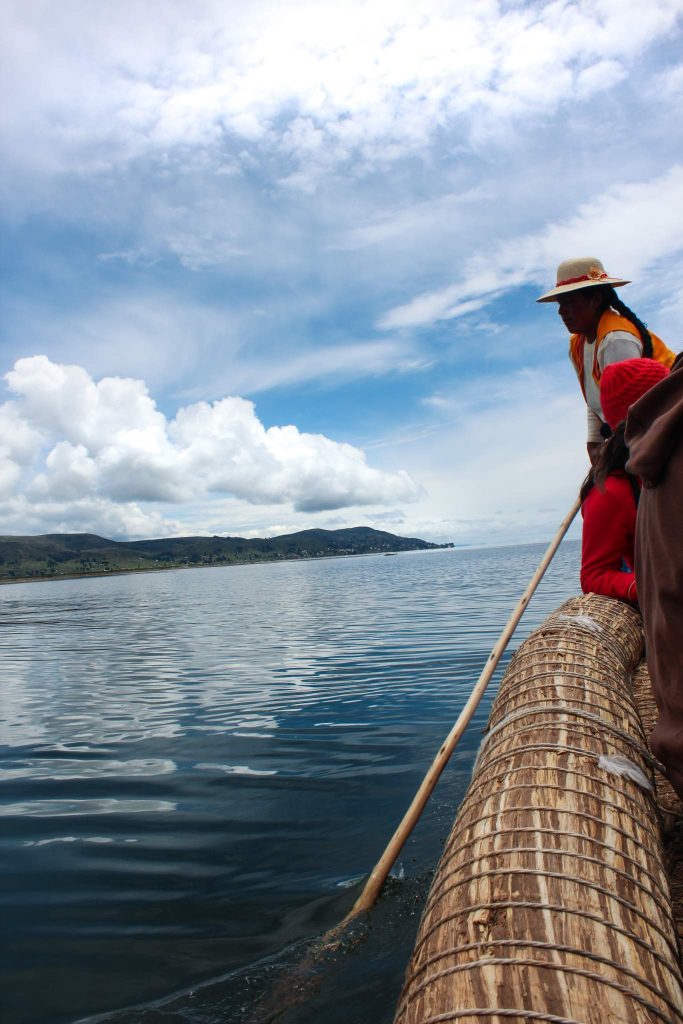
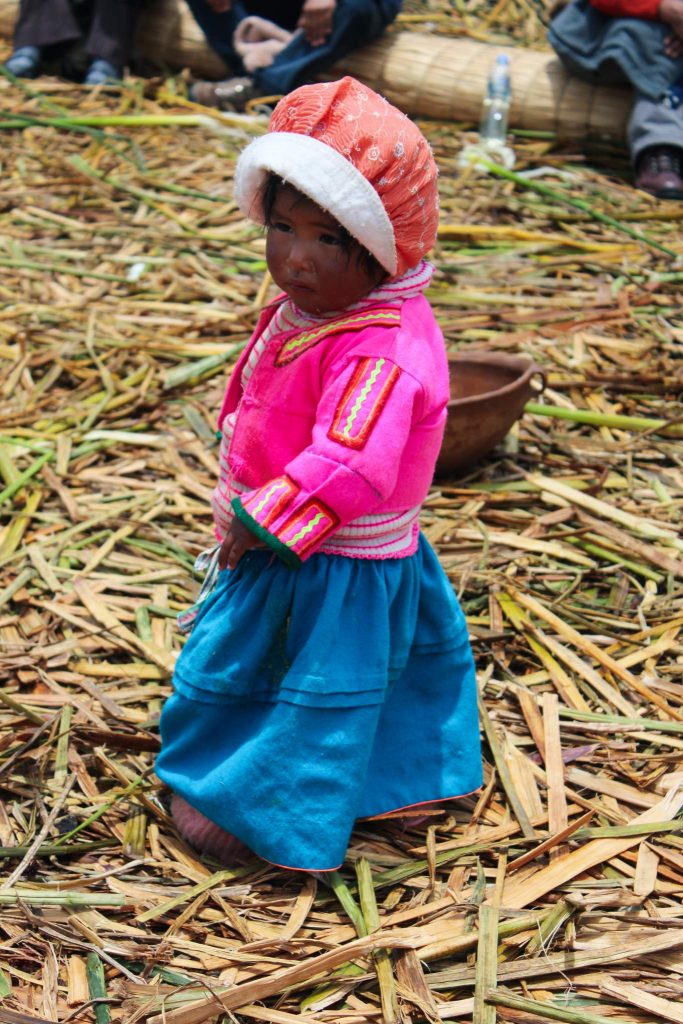
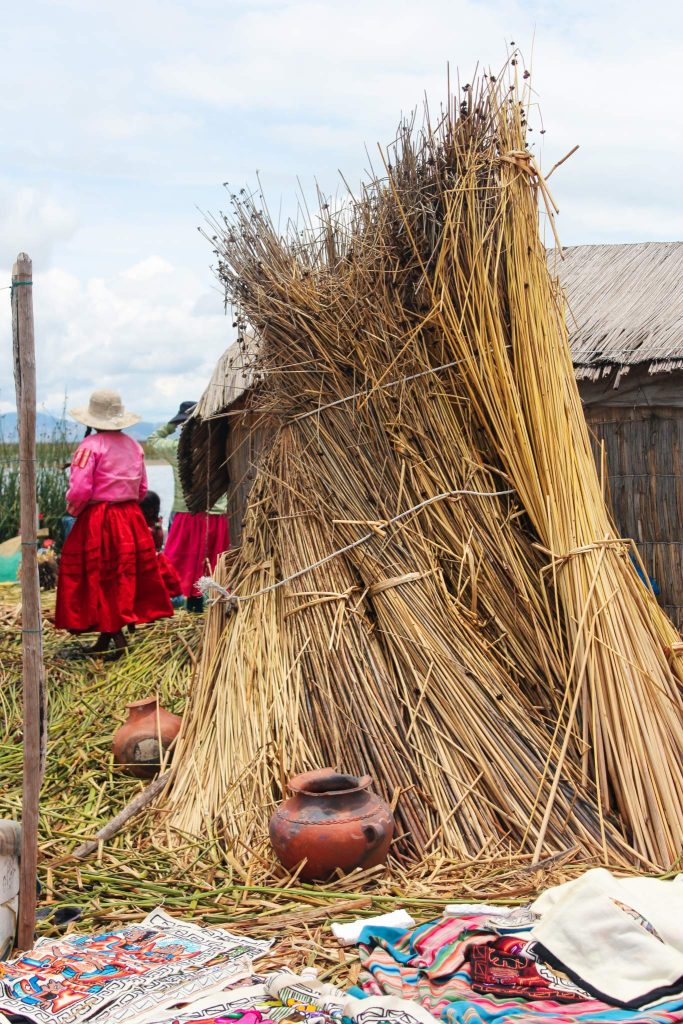
From what we have seen in person , highly likely they don’t even live on the floating islands anymore , but just arrive on the days when the tourists have their scheduled tours . Eighty percent of the Uros population works in tourism.
The island where we were brought looked like it was made for show , and no-one actually lives there .
Many people have moved to the mainland, leaving only a few hundred on the islands. And tourism in the 1980s and 1990s took its toll on the traditional way of life.Tourist boats have an agreement to bring visitors to half the islands on one day of the week, and to the other half, the next. This way everyone can make money .They return every other day to set up shop, feigning to live the way they did before.
I don’t blame them . With so many people walking around , simply maintaining the islands is a lot of work . On the busier islands, reeds need to be swapped out every three months or so.
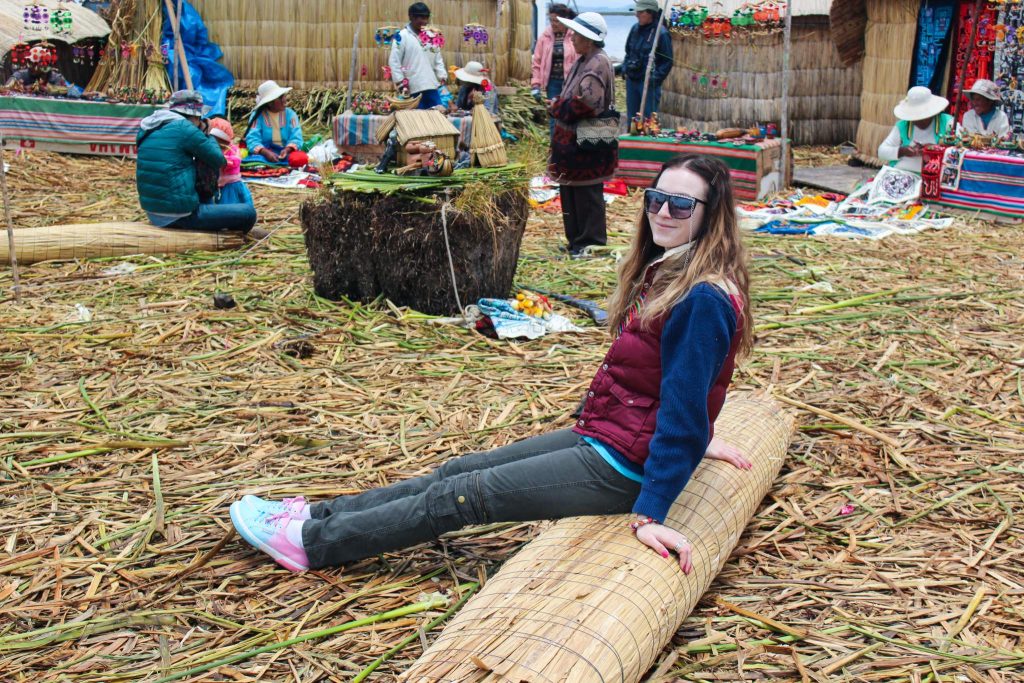
What to expect from the Uros Floating Islands tour :
The tour included a brief demonstration by the president of the island, population 15, who spoke in Aymara of how the archipelago has been built using totora root, or reeds .
Then you can take a peak into one of the houses . A local family will come to you and will lead to show you “their home” . One family per tourist .
Then you are invited to buy the souvenirs : handmade textiles and hand woven boats made of reeds . The entire thing is staged , no-one lives on the island (at least not the one where you are going to arrive with the tour!) but still a fun experience .
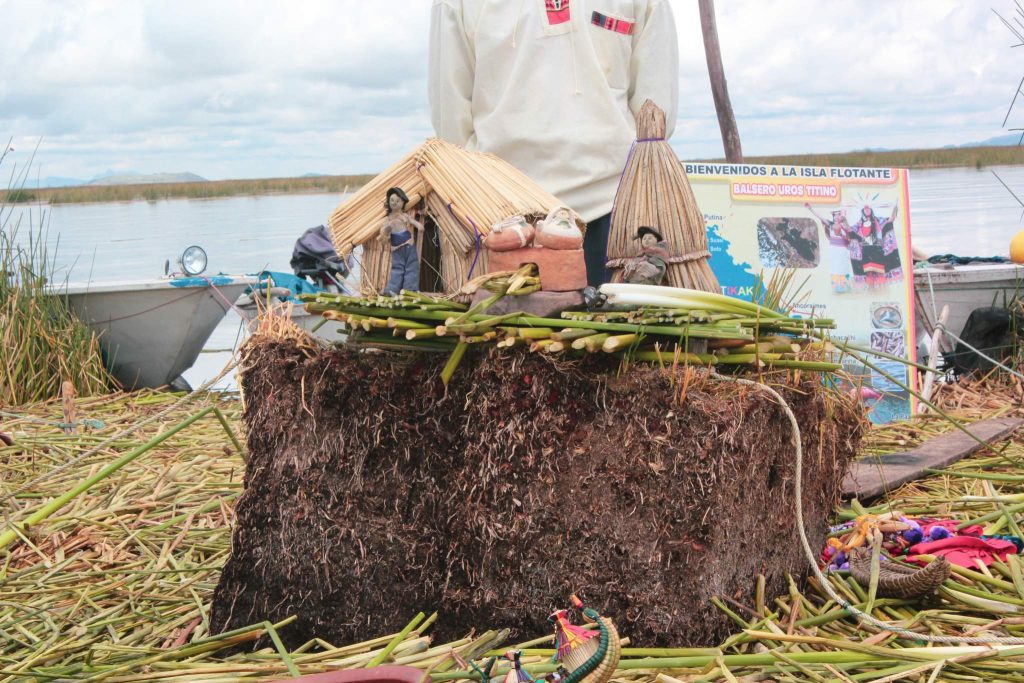
The Uros use the reeds for everything and even eat certain parts of them ..
Some Interesting Facts about the Uros Islands
- The islands are man-made: the Uros community makes all the floating islands with totora reed grown on the surface of the lake. The reeds are dried and woven before using them into making structure.
- There are more than 60 floating villages throughout the Lake Titicaca.
- Two to ten families live on one island. The families keep ducks and rabbits; they cook the meats over fires on the piles of stones.
- It takes months to build one island. Once the island is made, it needs continuous maintenance. One interesting fact about these floating islands is that the community can move them around easily.
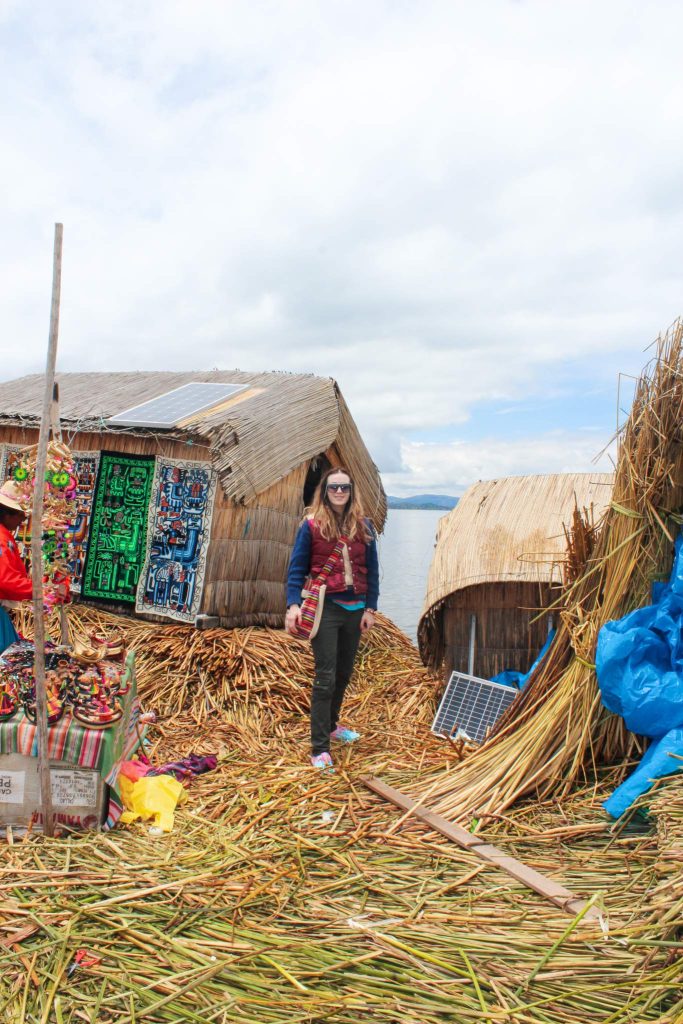
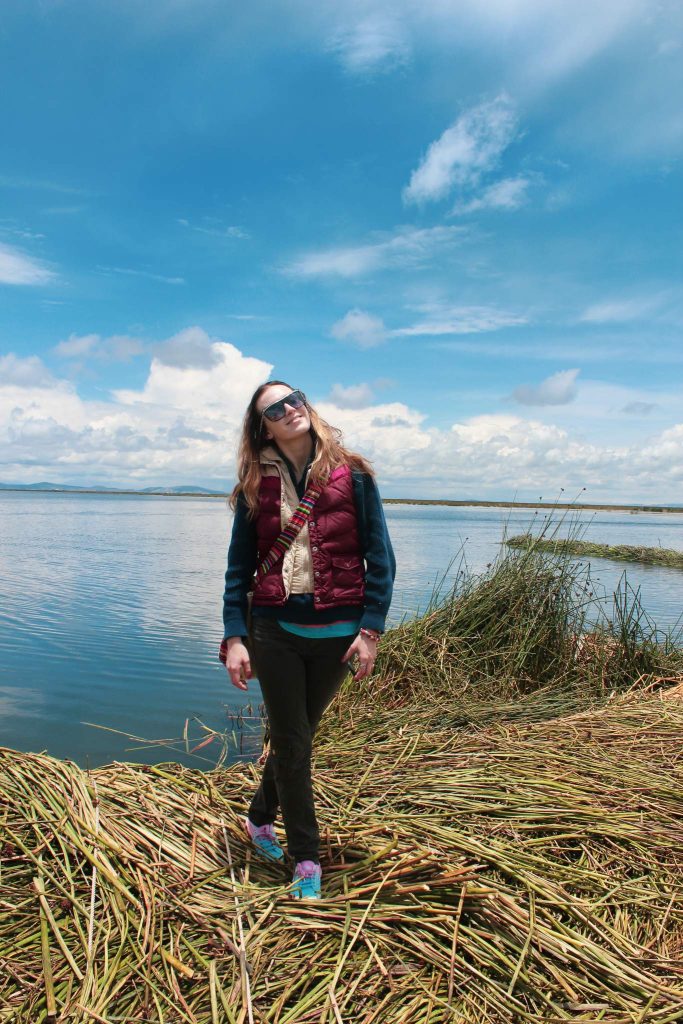
- When Uros women are ready to get married, they begin wearing bright-colored pompoms tied to their hats to show they are ready to get settled.
- Once the Uros women are married, they start wearing red color, especially in the first few days of marriage.
- Only 1200 Uros live on the islands. The number was higher a few years back, but the majority have moved from the islands. Those who are still on islands are keen to share their culture with tourists to ensure they are not forgotten forever.
- Some islands have ponds that are used for trout fish farming. Uros community places a net around the ponds to ensure that the fishes don’t escape into the Lake Titicaca.
- Every 30 years the locals have to build a new island from scratch.
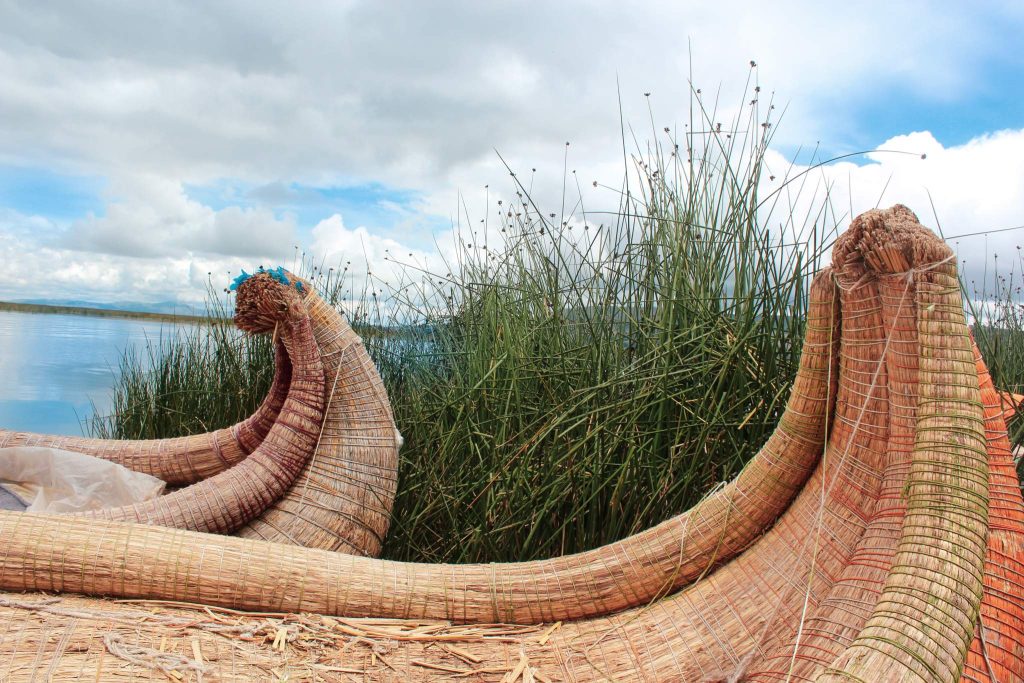
Despite the show nature of it ( I would just call it fake), traveling to Uros Floating Islands is a trip like no other. If you are planning to visit Peru or Bolivia, you should plan a trip to the islands. You can also stay there for a night at very affordable rates.
Have you ever imagined living on a boat surrounded by the floating houses? The Uros people make this dream into reality by running their very own Floating Islands. Uros Floating Island on Lake Titicaca is a combination of 80 islands man-made by totora weed, a kind of aquatic plant that grows on the surface of Lake Titicaca. These floating islands are populated by the Uros, the oldest culture on the continent dating back to the pre-Inca era. The Uros people claim to be the owners of the Lake Titicaca.
Uros community’s survival relies on hunting and fishing. They also sell wool tapestry fabrics widely sold to the tourists visiting the lake. Another primary source of their income is tourism. Many tour companies offer tours to the floating islands at reasonable rates.
An Interesting Fact: According to some people, the Uros community has black blood that helps them from drowning and cold. While the black blood story may be false, the Uros have extreme tolerance to cold. The dried reeds of their houses don’t allow them to heat them due to the higher risk of fire.
A truly authentic and unforgettable experience is a trip to Taquile island. Or, if you are feeling really adventurous, a homestay in Titicaca islands – we did Amantani island homestay.
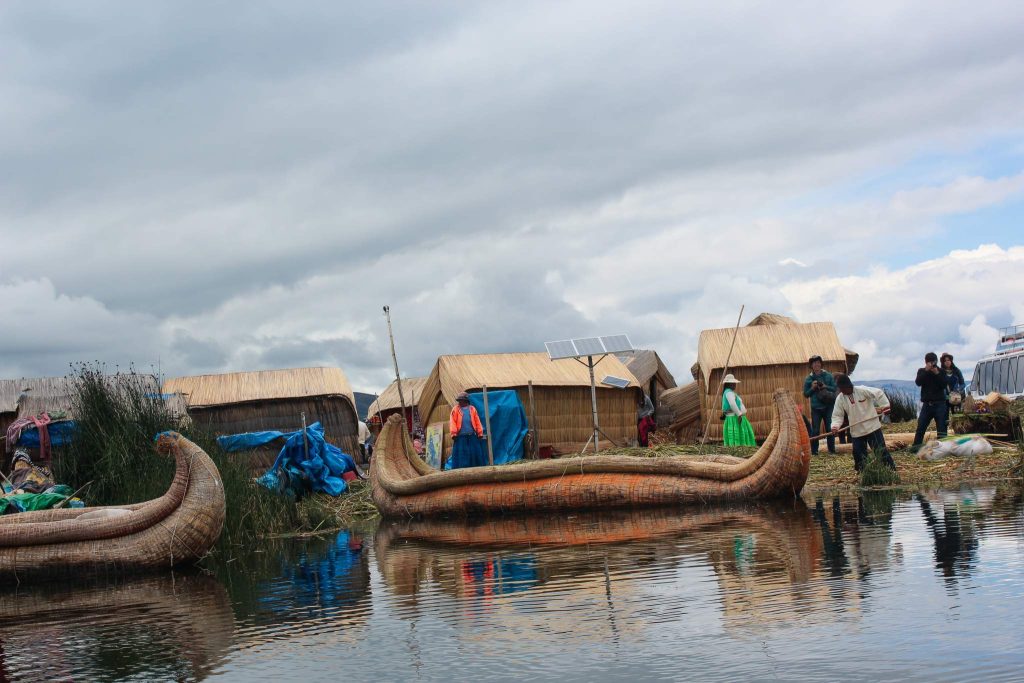
How to get to Uros Floating Islands?
The Uros are around a 30-minute motorboat ride from the main Peruvian city on the lake, Puno.
Through Bolivia Hop
If you are a backpacker who wants to explore the islands on your own, you can get on the Bolivia Hop Bus that takes you to Puno. From the port, you can take a morning boat ride to the Uros Floating Islands. If you wish, you can stay overnight at the stunning Taquile Island that is very close to Uros Islands. Make sure to dine with the locals when you stay on the island.
Through a Tour Company
The most common tour offered by local companies is of 3 to 3.5 hours from Puno. The company picks you up from your hotel and take you to the port of Puno. From there, you’ll get into a moto boat taking you to one of the floating islands where you can witness totora plants grown on the surface of Lake Titicaca. The plants also constitute the primary source of food for the Uros community. You’ll have your own English / Spanish guide with you to show you this unique island, explaining the fascinating history of Uros. The guide will leave you to explore the island by yourself. You can also visit the families and even take photographs with them.
Tour Times
You’ll have the option of choosing your trip for the morning, midday or afternoon.
Cost
The trip will cost you not more than $25 per person that will include the guide, entrance fees to the island, transfer to hotel and back, and motorboat. If you want to ride on a reed boat, you’ll have to pay $5 extra. No meals will be served during the tour.
What to Eat?
Don’t worry if the tour company doesn’t provide you any meal. You can eat some delicious trucha fish at one of the local restaurants on the island.
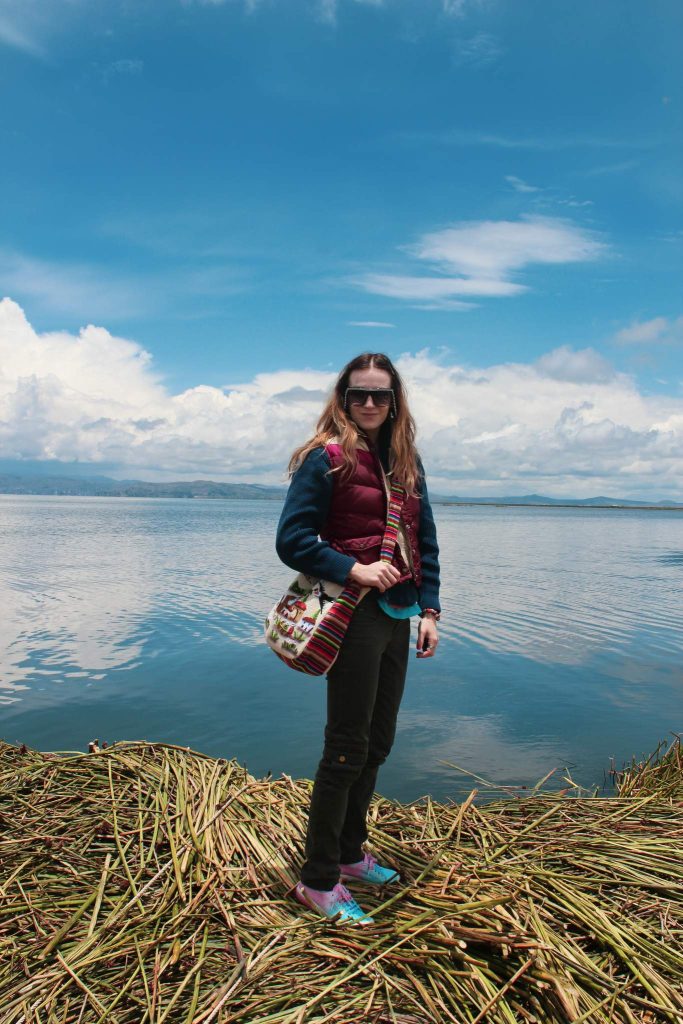

3 Comments
-
Pingback: Taquile Island Andran Weaers Day Trip

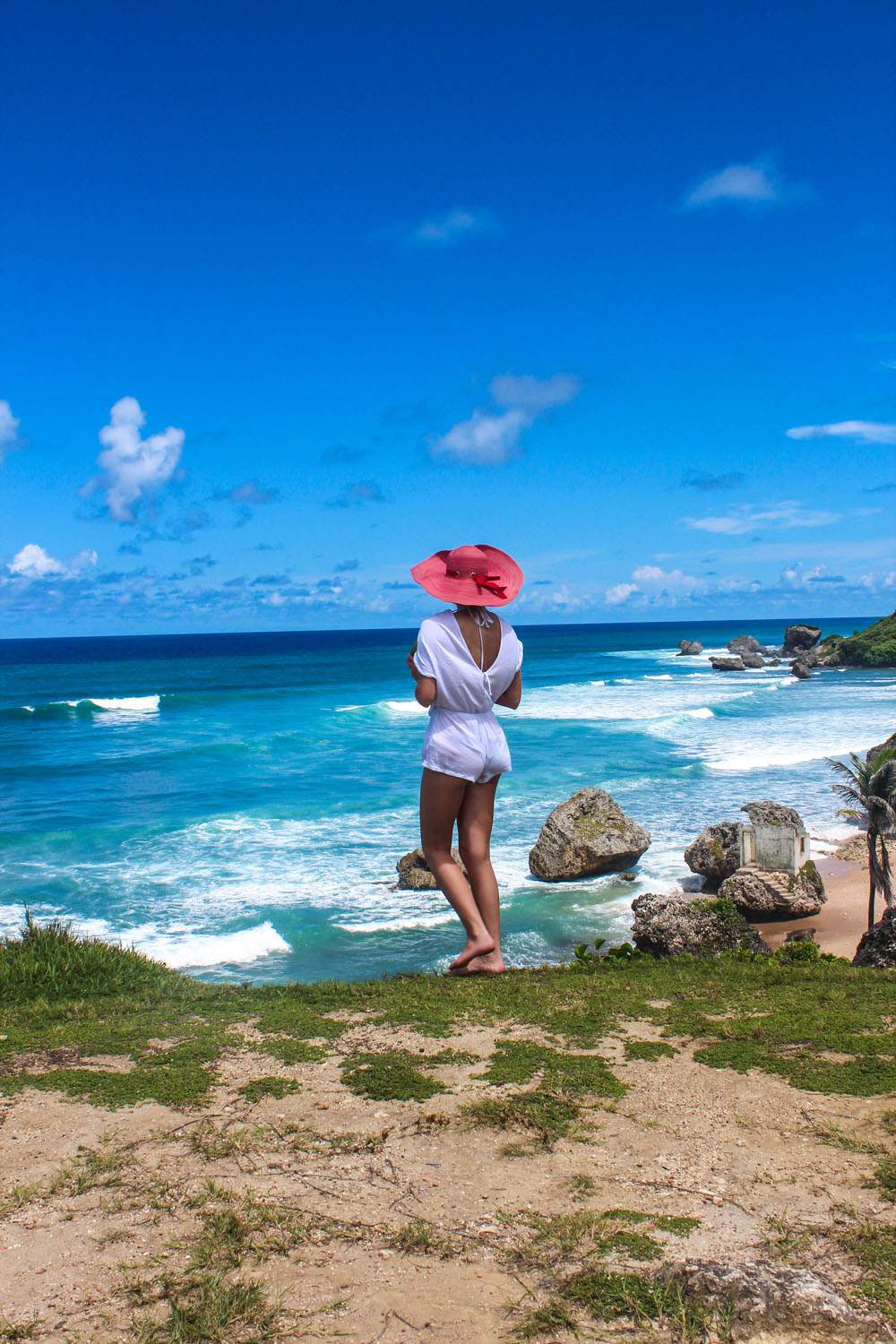
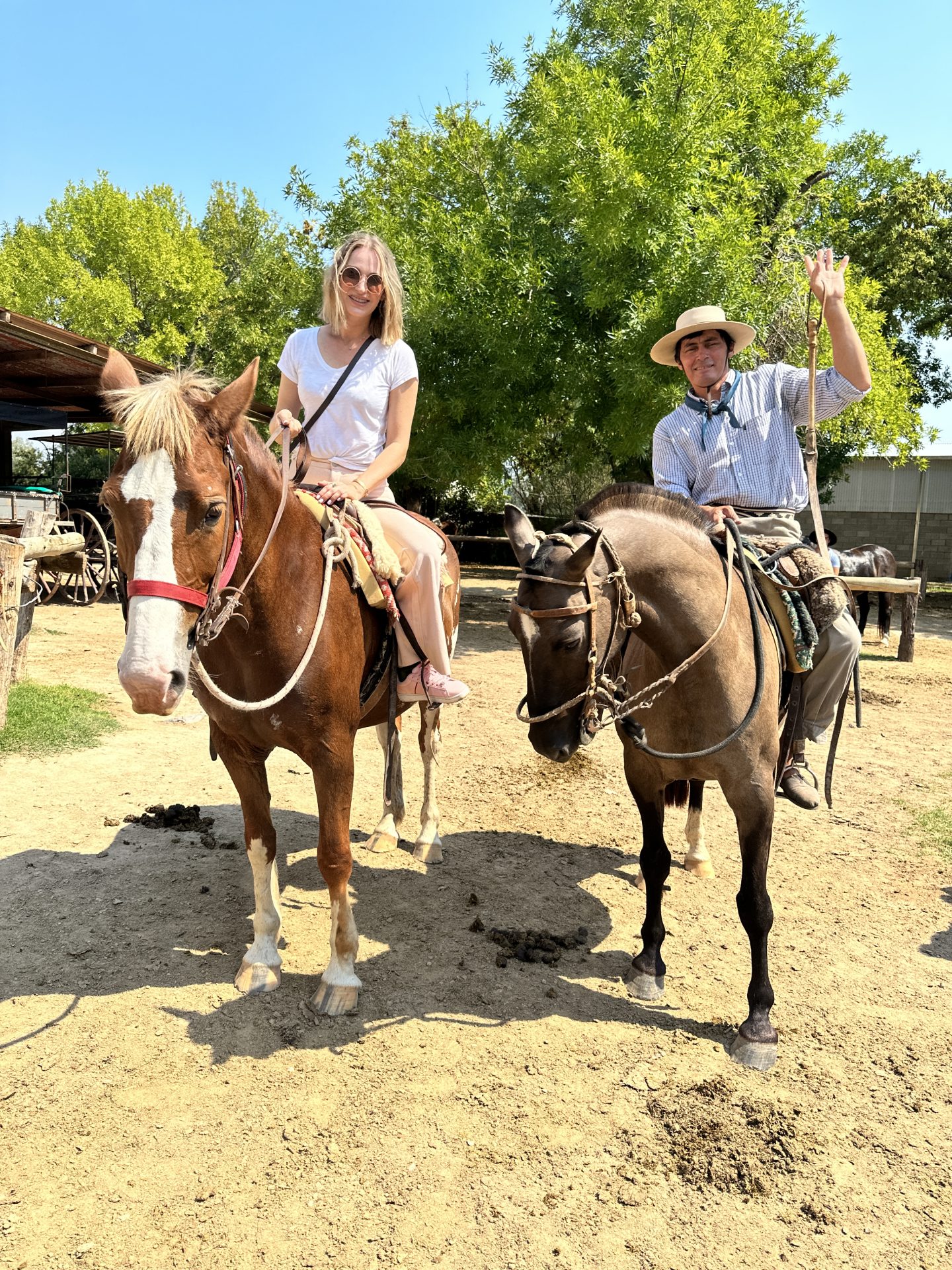
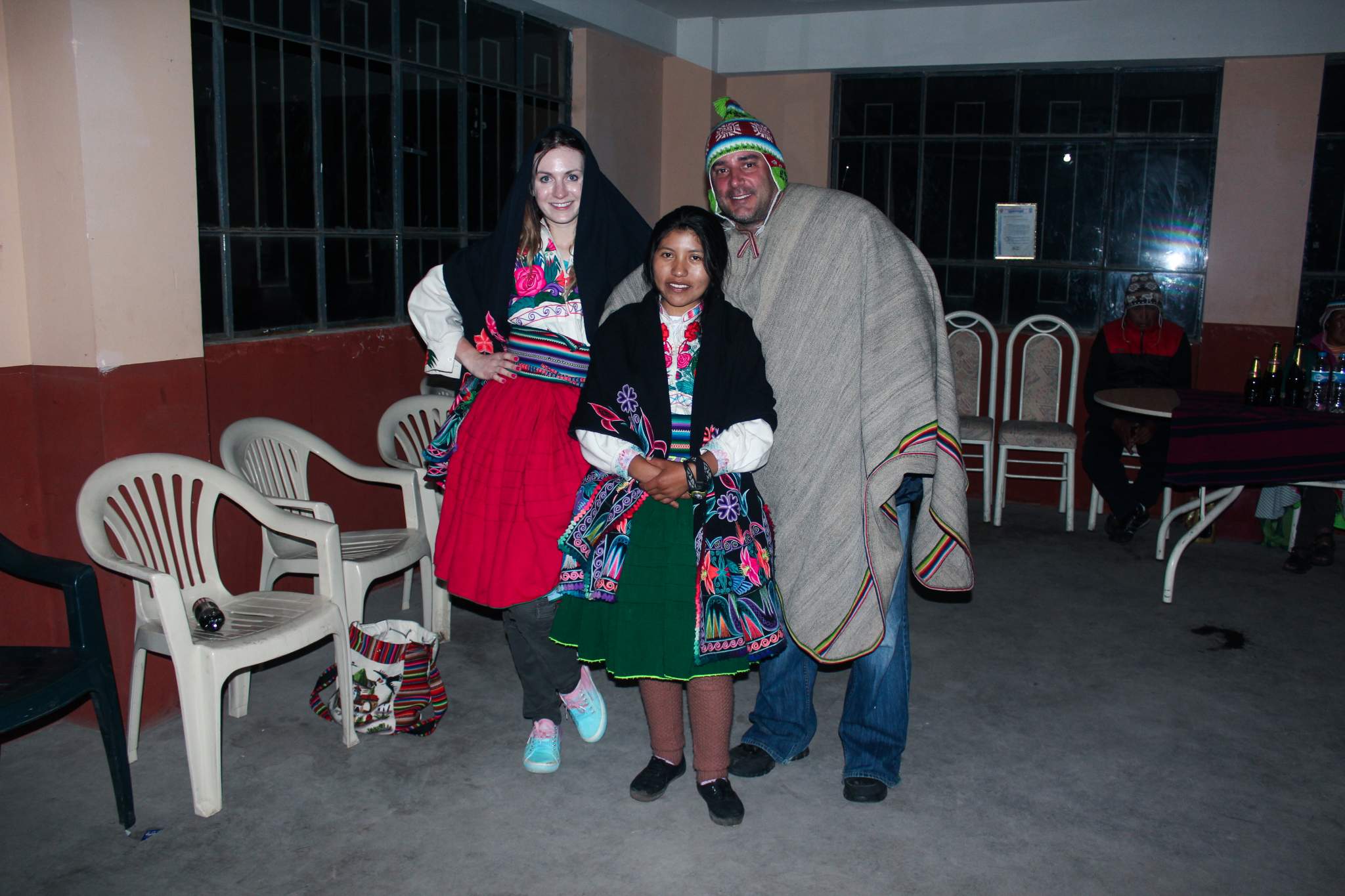
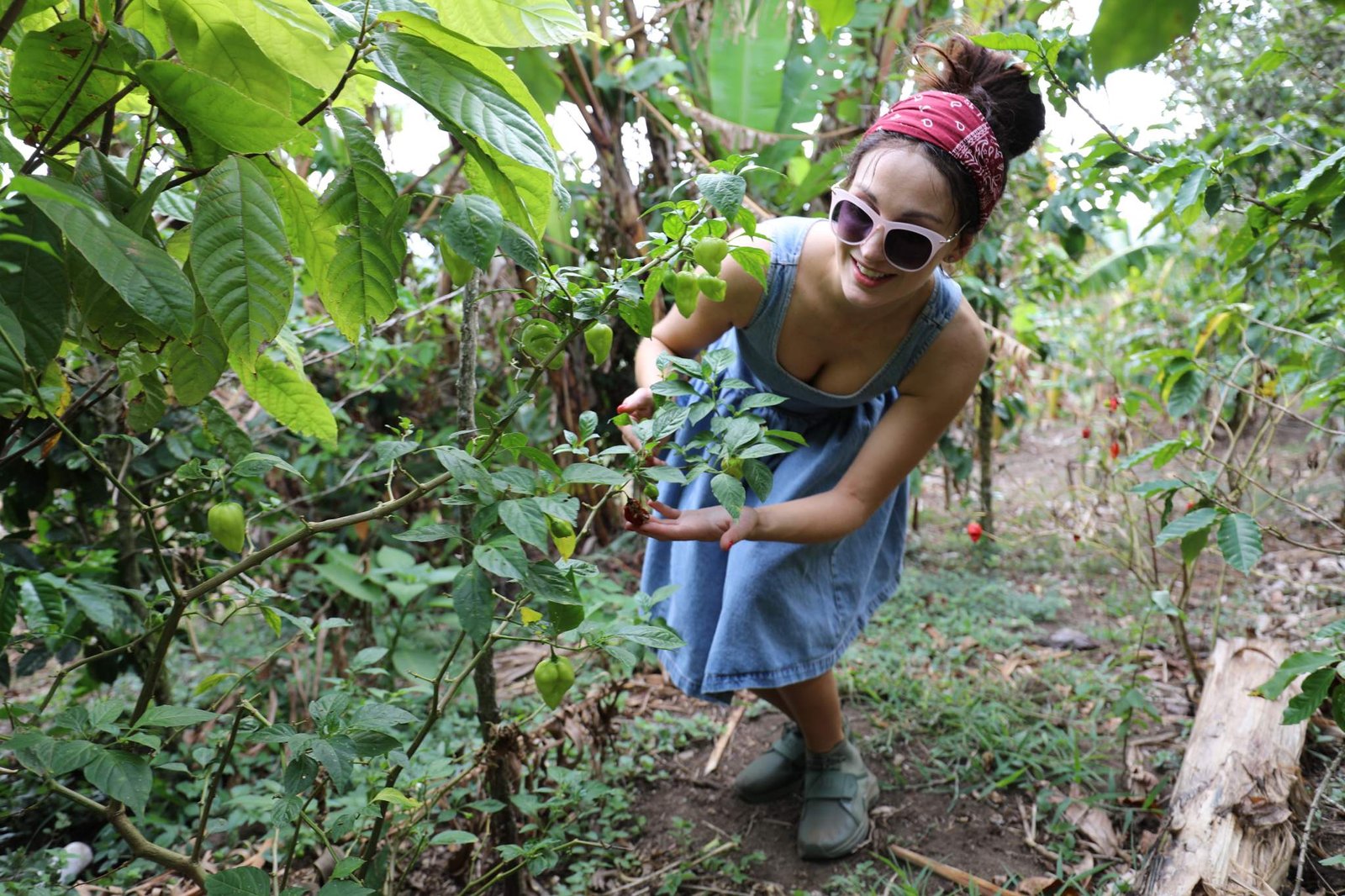
Pingback: Amantani Island Homestay : my Actual Experience - Vivalalilya